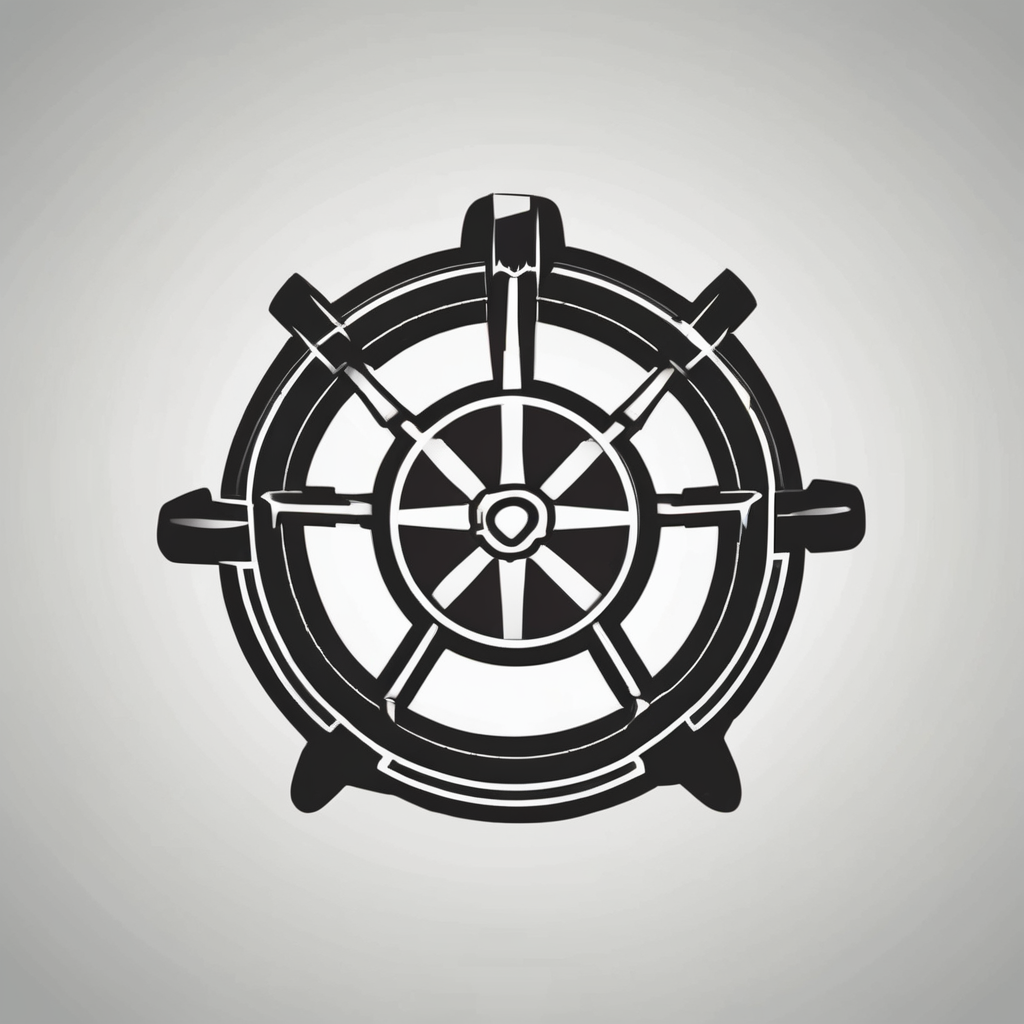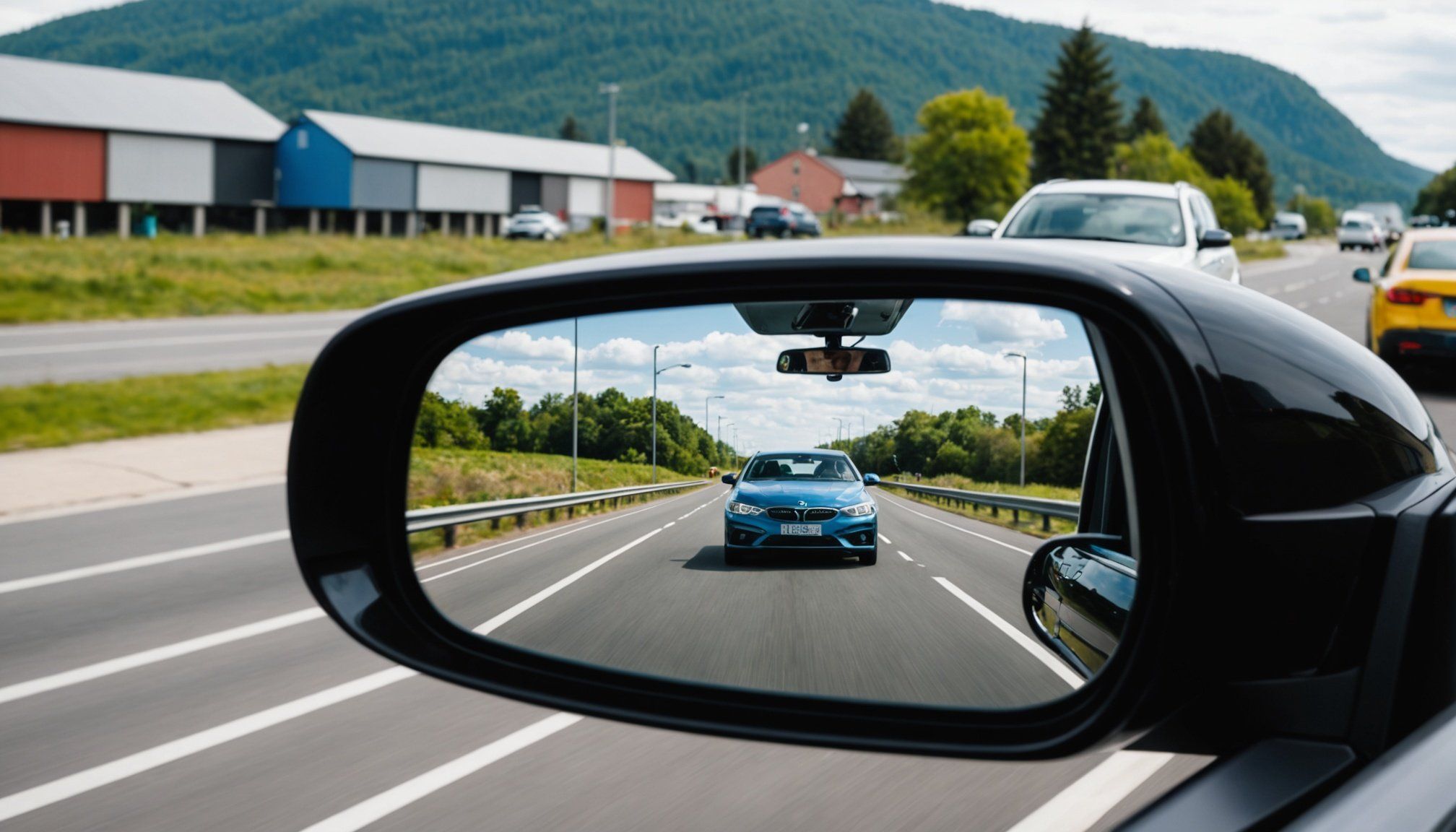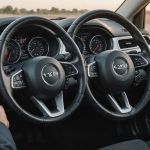When it comes to driving, visibility is paramount. As every seasoned driver knows, having a clear view around your vehicle is essential for safety on the road. One of the most crucial aspects of ensuring good visibility is the proper adjustment of your mirrors. The right settings can significantly reduce blind spots and enhance your overall ability to monitor the surroundings. This guide will outline the best practices for adjusting your car mirrors to ensure you can see as much of the road as possible, thereby enhancing your safety and that of others.
Understanding Types of Mirrors in Your Vehicle
Every vehicle is equipped with several types of mirrors that serve different functions: the rearview mirror, the side mirrors, and in some cases, additional blind spot mirrors. Understanding the purpose of each type will help you adjust them correctly.
In parallel : What steps can I take to ensure my vehicle is safe for winter storage?
The rearview mirror is positioned at the center of your windshield and allows you to see directly behind your vehicle. It’s crucial for checking traffic conditions before changing lanes or making turns. The side mirrors, on the other hand, are designed to provide a view of adjacent lanes, which is essential for safe maneuvering.
In modern vehicles, you may also find features like convex side mirrors, which offer a wider field of view but can distort distances. Understanding these differences is key to adjusting your mirrors effectively.
This might interest you : How can I identify and resolve potential safety issues in my vehicle?
When setting your mirrors, always remember that the goal is to minimize the blind spots. Blind spots are the areas around your vehicle that you cannot see through your mirrors. By properly positioning your mirrors, you can reduce these spots and increase your awareness of surrounding vehicles.
With an understanding of the different mirrors at your disposal, you can make informed adjustments that will help ensure maximum visibility and safety on the road.
How to Adjust Your Rearview Mirror
The rearview mirror is a fundamental component of your vehicle’s visibility system. To adjust it properly, you should be seated in your normal driving position. This is crucial as your seat height and distance from the windshield will affect what you see.
Start by positioning the mirror so that you can see directly out of the back window without needing to lean forward or backward. The ideal view should include as much of the rear window as possible. You want this mirror to give you a clear picture of what lies behind you, allowing you to react quickly to any potential hazards.
In addition to checking the rearview mirror position when you first get in your car, it’s wise to double-check it after any adjustments made to your seat. When you change your seating position, you may inadvertently change the angle of your rearview mirror, which can impair your visibility.
Remember, the rearview mirror should provide a comprehensive view of the traffic behind you, eliminating excessive head movement. A well-adjusted rearview mirror enhances road safety by allowing you to quickly assess your surroundings.
Adjusting Your Side Mirrors for Optimal Visibility
The side mirrors of your vehicle require careful adjustment to achieve optimal visibility. To adjust these mirrors effectively, you should adopt a simple approach that can significantly improve your awareness of other vehicles on the road.
Begin by adjusting the driver’s side mirror. While sitting in your normal driving position, lean slightly to the left until your head is just above the driver’s side window. From this angle, set the mirror so that you can barely see the side of your car. This position maximizes your view of the lane adjacent to you and minimizes the blind spots.
Next, adjust the passenger’s side mirror. Lean toward the center of your vehicle, so your head is close to the center console. Similar to the driver’s side, set this mirror to just allow you to see the side of your car. This adjustment will provide a better view of the traffic approaching from the right side, further enhancing your visibility.
By using these methods, you can achieve a broader perspective of what is happening around your vehicle. Regularly check your mirrors before starting your drive to ensure they are properly adjusted, as bumps in the road can sometimes shift them out of place.
Techniques to Check for Blind Spots
Even with well-adjusted mirrors, blind spots can still pose a significant danger during driving. It’s essential to learn techniques for checking these areas to further ensure your safety.
One effective method is the shoulder check. Before changing lanes or merging, always glance over your shoulder in the direction you plan to move. This simple action can alert you to any vehicles that may be in your blind spots and that your mirrors may not capture.
Another technique involves using your mirrors in conjunction with your peripheral vision. Keep an eye on your mirrors for any changes in traffic while also being aware of the general movement of cars around you. This combined approach can help you react more swiftly to changing conditions.
It’s also vital to practice adjusting your speed and position on the road based on what you see in your mirrors. For instance, if a vehicle appears suddenly in your side mirror, it may be wise to adjust your speed slightly, allowing more time to make safe maneuvers.
By integrating these techniques into your driving routine, you can minimize the risks associated with blind spots and enhance your overall visibility on the road.
Regular Maintenance and Final Tips
Regular maintenance of your mirrors is essential for maintaining optimal visibility and safety. Remember that mirrors can become dirty or misaligned over time due to vibrations while driving or changes in the vehicle’s position.
Start by cleaning your mirrors regularly using a suitable glass cleaner. This practice will help eliminate smudges, dirt, and grime that can obstruct your view. A clean mirror is crucial for ensuring you have a clear line of sight behind and beside your vehicle.
In addition to cleaning, periodically check the alignment of your mirrors. If you notice any changes in how they reflect the road or if they seem to have shifted, take the time to readjust them properly. It’s also a good idea to check the adjustment every time you get in the car, especially if you share the vehicle with others.
Lastly, consider investing in additional safety features for your vehicle. Some modern cars come equipped with blind-spot detection systems that can further alert you to nearby vehicles that may not be visible in your mirrors. Utilizing technology in conjunction with proper mirror adjustment can significantly enhance your driving experience and road safety.
Properly adjusting your car mirrors is a fundamental aspect of ensuring your visibility and safety on the road. By understanding the types of mirrors in your vehicle and utilizing the techniques outlined in this guide, you can significantly reduce blind spots and enhance your awareness of surrounding vehicles. Remember that regular maintenance and adjustment checks are key to maintaining optimal performance. Following these guidelines will not only promote your safety but also that of other road users. Make it a habit to check your mirrors before you drive, and you’ll contribute to a safer driving environment.











